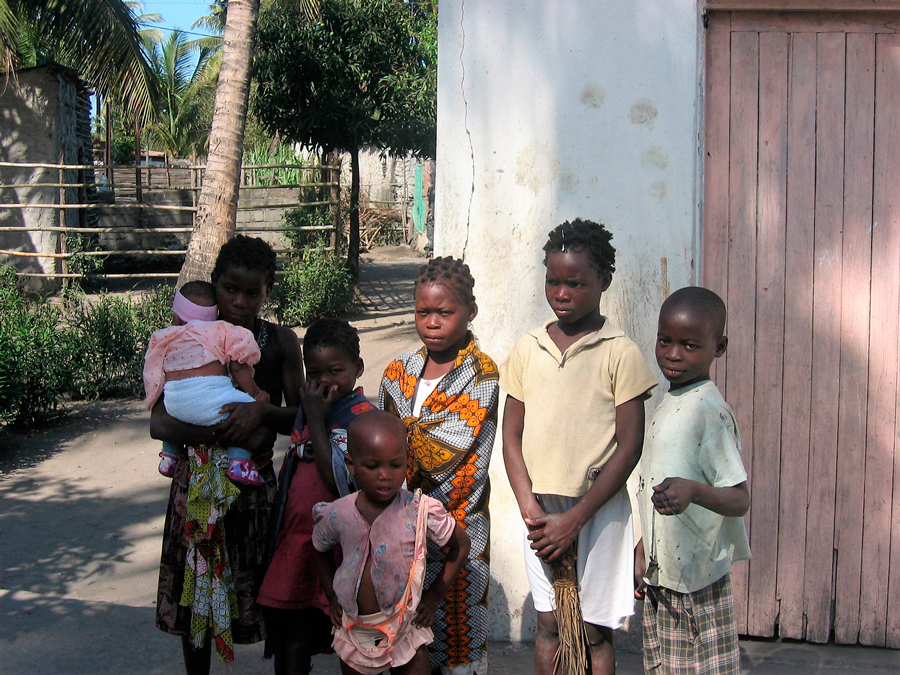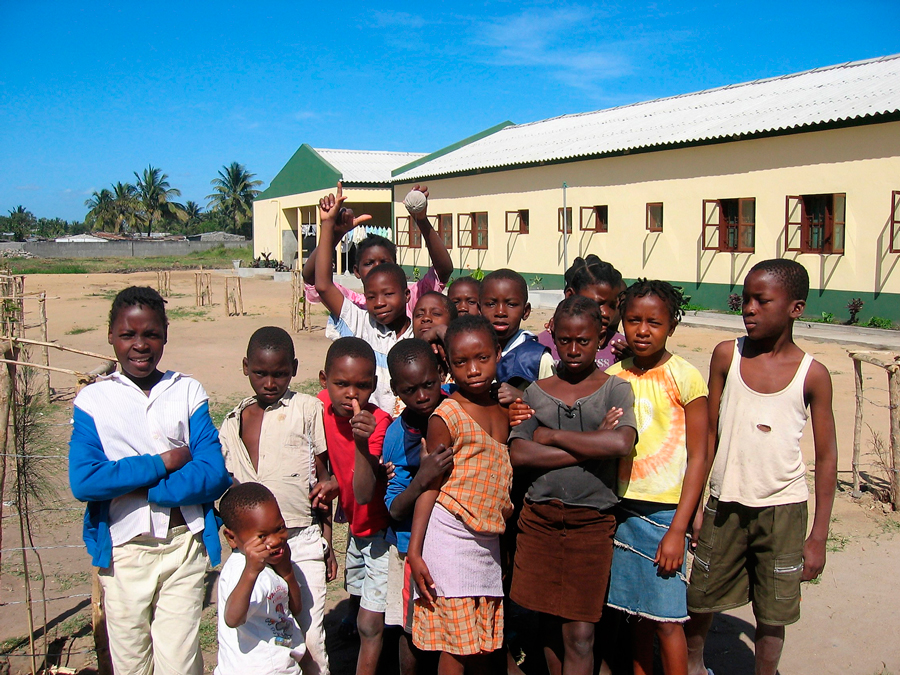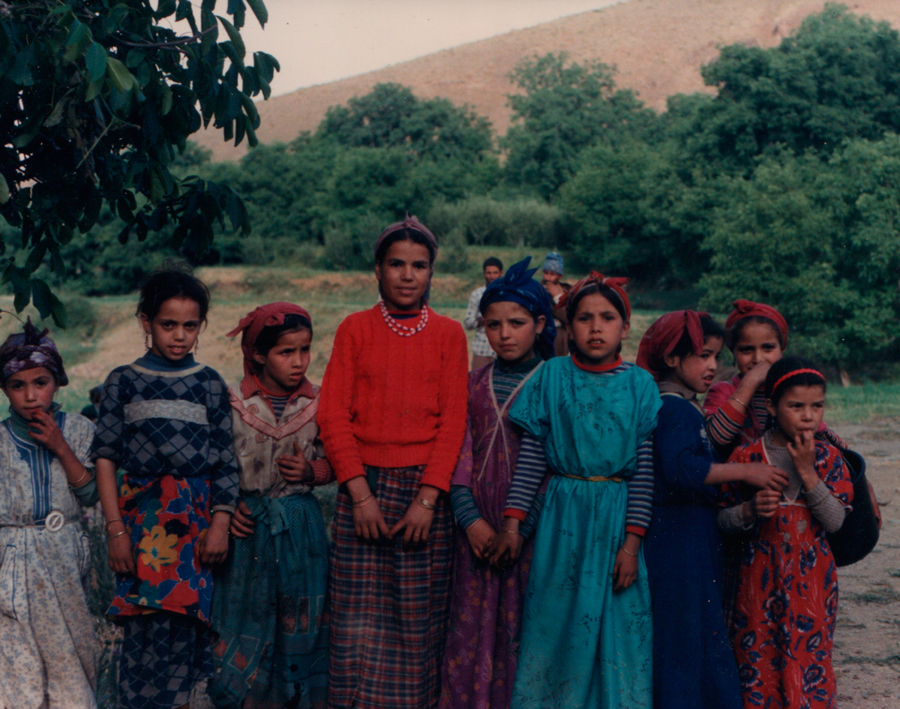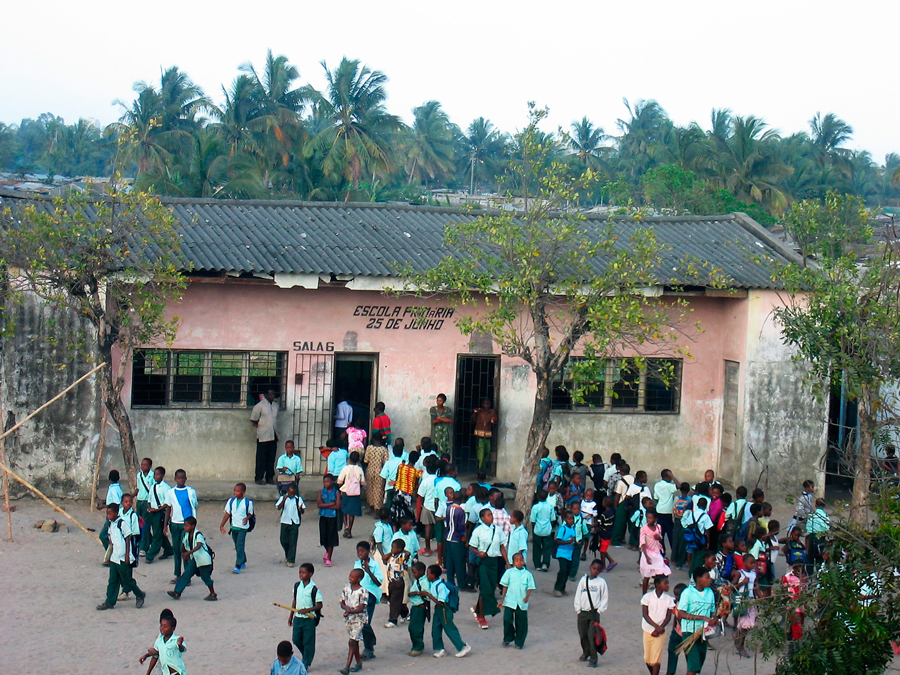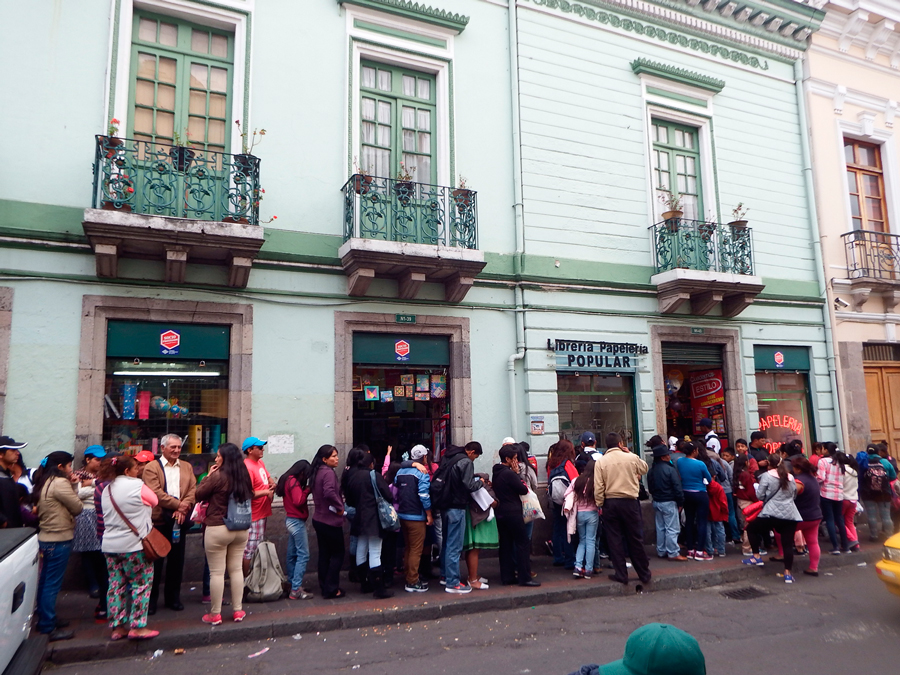Measuring poverty
Poverty implies a lack of money, food and material possessions, and is measured using quantitative indicators –closely linked among themselves- which express different degrees of poverty and whose cut-off points change between populations with different geographical, ecological and socio-economic conditions. These indicators allow an evaluation of poverty and its different expressions, its temporal transformation and causes, and the identification of the most affected sectors.
Extreme poverty affects those who have no access to resources to meet their basic needs for food. It is measured either with direct or monetary indicators which define the minimum income level to guarantee the purchase of essential foodstuffs, or by indirect indicators which evaluate, for example, the nutritional state and mortality among under 5s.
Relative poverty (or risk of poverty) refers to the impossibility of covering basic needs of non-nutritional goods, and is evaluated via complex indicators which inform about severe material lack. Parameters which exclusively measure monetary poverty do not take into account other crucial dimensions, such as a lack of education, health, water or sanitation, which are very important for understanding how populations experience poverty. Therefore, complex indicators like AROPE or IDH, or IDG are used, which in addition to material and monetary deficiencies also integrate differences in access to education and healthcare, or to employment in terms of gender.

